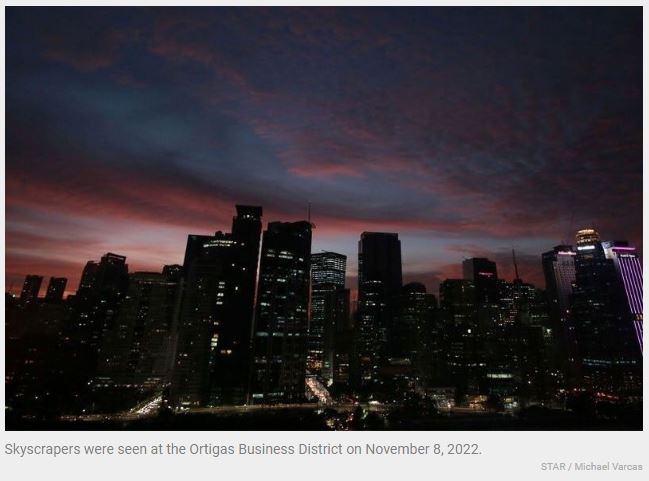Philippines: Credit growth may slow next year – S&P
MANILA, Philippines — Credit growth in the Philippines may slow down to a range of five to seven percent next year from the projected seven to nine percent growth rate this year amid the aggressive rate hikes delivered by the Bangko Sentral ng Pilipinas (BSP).
In a report, Nikita Anand, primary credit analyst at S&P, said the higher interest rates could slow down credit growth in the Philippines next year.
The BSP has so far raised key policy rates by 300 basis points, including the aggressive 75-basis-point hike delivered last Nov. 17, to tame inflation and stabilize the peso. This brought the benchmark rate to a 14-year high of five percent.
“We forecast credit growth of five to seven percent in 2023, lower than seven to nine percent in 2022. This is because of our expectation of a 300-basis-point rise in policy rates in 2022. Given loan yields will rise with a lag, the full effect of the rate increase will be felt in 2023,” Anand said.
Despite the series of interest rate hikes, credit growth accelerated further to the fastest pace in more than two years at 13.4 percent in September from 12.2 percent in August due to higher loan demand from both corporate and household borrowers.
Preliminary data released by the central bank showed loans disbursed by big banks reached P10.49 trillion in end-September, P1.24 trillion higher than the P9.25 trillion booked in end-September last year.
BSP Governor Felipe Medalla attributed the steady rise in credit growth to the further reopening of the economy with the lifting of strict COVID quarantine and lockdown protocols.
“The continued expansion in lending activity and ample liquidity will support the recovery of economic activity and domestic demand. Looking ahead, the BSP will ensure that liquidity and lending conditions remain consistent with its price and financial stability mandates,” Medalla said.
Bank lending has been accelerating for the past 14 months or since August last year after contracting for eight straight months between December 2020 and July 2021 due to the impact of the pandemic.
Anand also said that the sector-wide profits of Philippine banks are likely to strengthen further in 2023 with a return on average assets increasing to 1.3 to 1.4 percent on the back of higher margins from policy rate hikes.
The earnings of Philippine banks operating in the Philippines jumped by 43.7 percent to P243.06 billion from January to September compared to P169.09 billion in 2021.
Anand said the sector’s credit costs may decline to 0.4 to 0.6 percent of gross loans, while non-performing loan ratio may gradually improve to 3.2 percent by yearend.
“This is because most pandemic-related weak loans have either been recognized or restructured. Some slippage is possible from the restructured pool (2.7 percent of total loans). If interest rates rise sharply and sustainably, this could also lead to higher defaults from the consumer and small to midsize enterprise segments,” the analyst said.
Source: https://www.philstar.com/business/2022/11/23/2225721/credit-growth-may-slow-next-year-sp


 Thailand
Thailand




